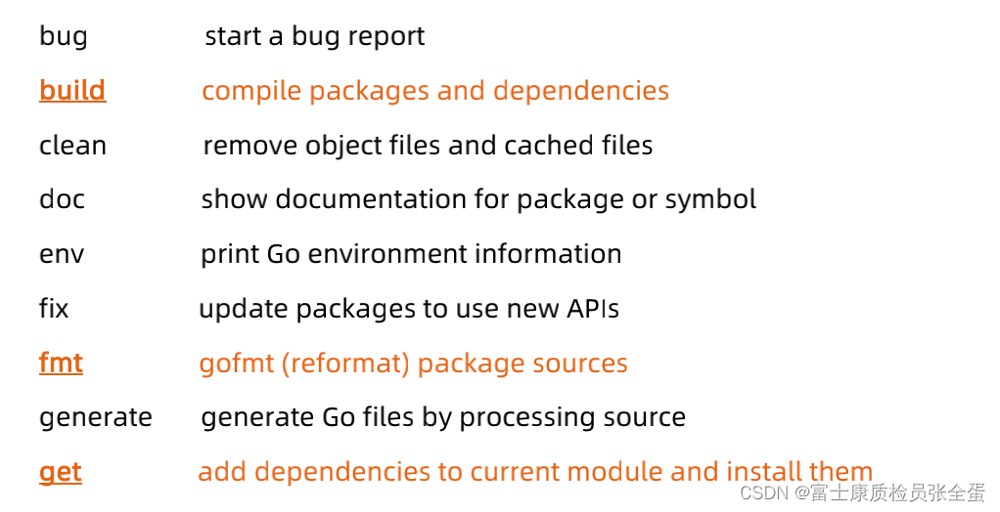梗概:
*gin.Context是处理HTTP请求的核心。ctx代表"context"(上下文),它包含了处理请求所需的所有信息和方法,例如请求数据、响应构建器、路由参数等。
基本的格式:
|
1 2 3 |
func SomeHandler(ctx *gin.Context) { // 使用ctx来处理请求和构建响应 } |
常见的使用:
1. 读取查询参数
从请求中读取查询字符串参数。
|
1 2 3 4 5 6 |
func ReadQueryParams(ctx *gin.Context) { value := ctx.Query("someParam") // 获取查询参数 ctx.JSON(http.StatusOK, gin.H{ "someParam": value, // 回显参数 }) } |
2. 读取POST表单数据
对于POST请求中发送的表单数据的访问
|
1 2 3 4 5 6 |
func ReadPostForm(ctx *gin.Context) { value := ctx.PostForm("somePostParam") // 获取POST表单参数 ctx.JSON(http.StatusOK, gin.H{ "somePostParam": value, }) } |
3. 读取JSON请求体
如果请求有JSON体,将其绑定到一个结构体。
|
1 2 3 4 5 6 7 8 9 10 11 12 13 |
type RequestBody struct { Message string `json:"message"` } func ReadJSONBody(ctx *gin.Context) { var body RequestBody if err := ctx.BindJSON(&body); err != nil { ctx.JSON(http.StatusBadRequest, gin.H{"error": "Invalid JSON"}) // 绑定JSON失败 return } ctx.JSON(http.StatusOK, gin.H{ "message": body.Message, }) } |
4. 写入JSON响应
向客户端写入JSON响应。
|
1 2 3 4 5 6 |
func WriteJSONResponse(ctx *gin.Context) { ctx.JSON(http.StatusOK, gin.H{ "status": "success", "data": "some data", }) } |
5. 流式响应
对于大型响应,您可以向客户端流式传输数据。
|
1 2 3 4 5 6 |
func StreamResponse(ctx *gin.Context) { for i := 0; i < 10; i++ { ctx.SSEvent("message", gin.H{"data": "Streaming " + strconv.Itoa(i)}) time.Sleep(1 * time.Second) } } |
6. 访问路由参数
可以使用Param方法访问路由参数。
|
1 2 3 4 5 6 |
func RouteParameter(ctx *gin.Context) { productID := ctx.Param("id") // 获取路由参数 ctx.JSON(http.StatusOK, gin.H{ "product_id": productID, }) } |
7. 设置Cookies
您可以设置和获取cookies。
|
1 2 3 4 5 6 7 |
func CookieExample(ctx *gin.Context) { ctx.SetCookie("username", "user1", 3600, "/", "localhost", false, true) // 设置cookie username := ctx.GetCookie("username") // 获取cookie ctx.JSON(http.StatusOK, gin.H{ "cookie_username": username, }) } |
8. 错误处理
您可以处理错误并返回适当的响应。
|
1 2 3 4 5 6 7 |
func ErrorHandling(ctx *gin.Context) { if someCondition { ctx.JSON(http.StatusBadRequest, gin.H{"error": "Bad request"}) // 发送错误响应 } else { ctx.JSON(http.StatusOK, gin.H{"message": "Success"}) // 发送成功响应 } } |
9. 文件上传
也支持处理文件上传。
|
1 2 3 4 5 6 7 8 9 |
func FileUpload(ctx *gin.Context) { file, err := ctx.FormFile("file") // 获取上传的文件 if err != nil { ctx.JSON(http.StatusBadRequest, gin.H{"error": "Error uploading file"}) // 文件上传失败 return } ctx.SaveUploadedFile(file, "path/to/save/"+file.Filename) // 保存文件 ctx.JSON(http.StatusOK, gin.H{"message": "File uploaded successfully"}) // 文件上传成功 } |
10. 使用中间件
*gin.Context经常在中间件中使用,以执行请求处理前后的动作。
|
1 2 3 4 5 6 7 8 9 10 11 12 13 |
func MyMiddleware(c *gin.Context) { c.Set("myKey", "myValue") // 在中间件中设置值 c.Next() // 调用下一个中间件或处理器 } func main() { router := gin.Default() router.Use(MyMiddleware) // 使用自定义中间件 router.GET("/somepath", func(c *gin.Context) { value := c.Get("myKey") // 从中间件获取值 c.JSON(http.StatusOK, gin.H{"myKey": value}) }) router.Run() } |

